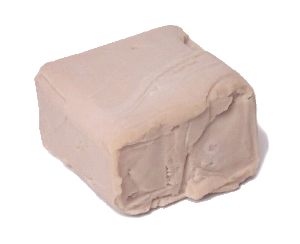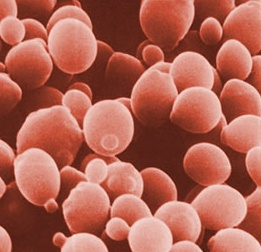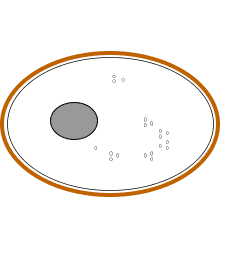The BioTopics website gives access to interactive resource material, developed to support the learning and teaching of Biology at a variety of levels.
.




| cell/component | size / µm | note |
| yeast cell | 3-4 | much variation between strains and growing conditions |